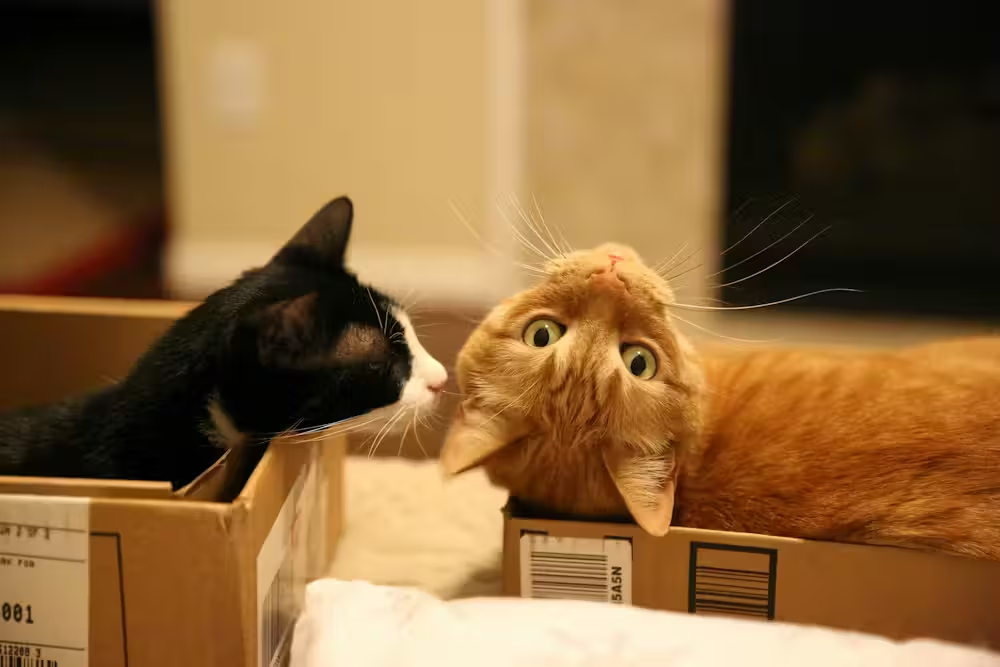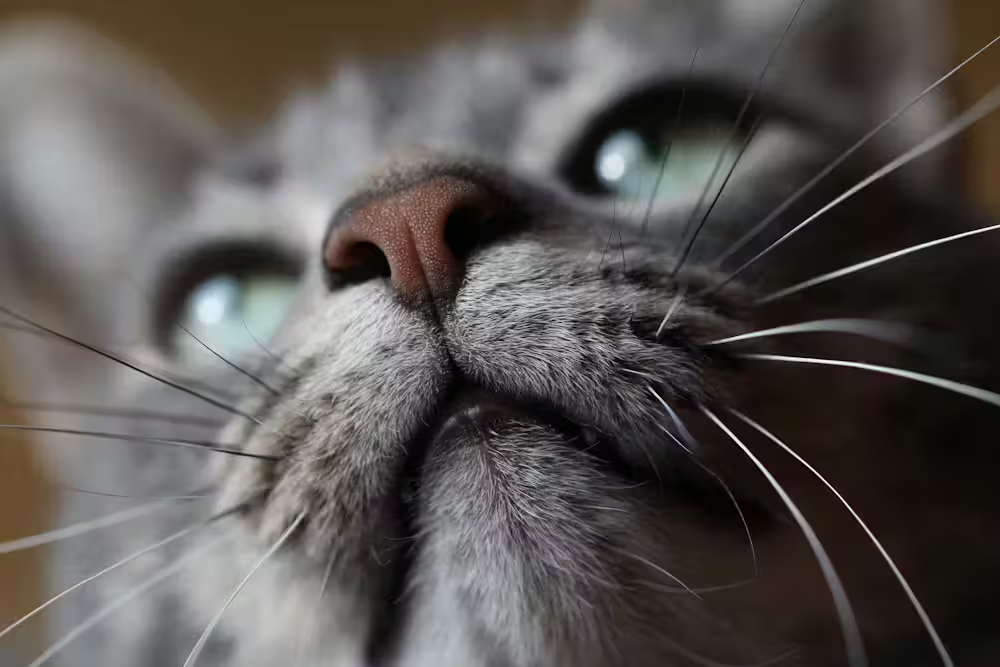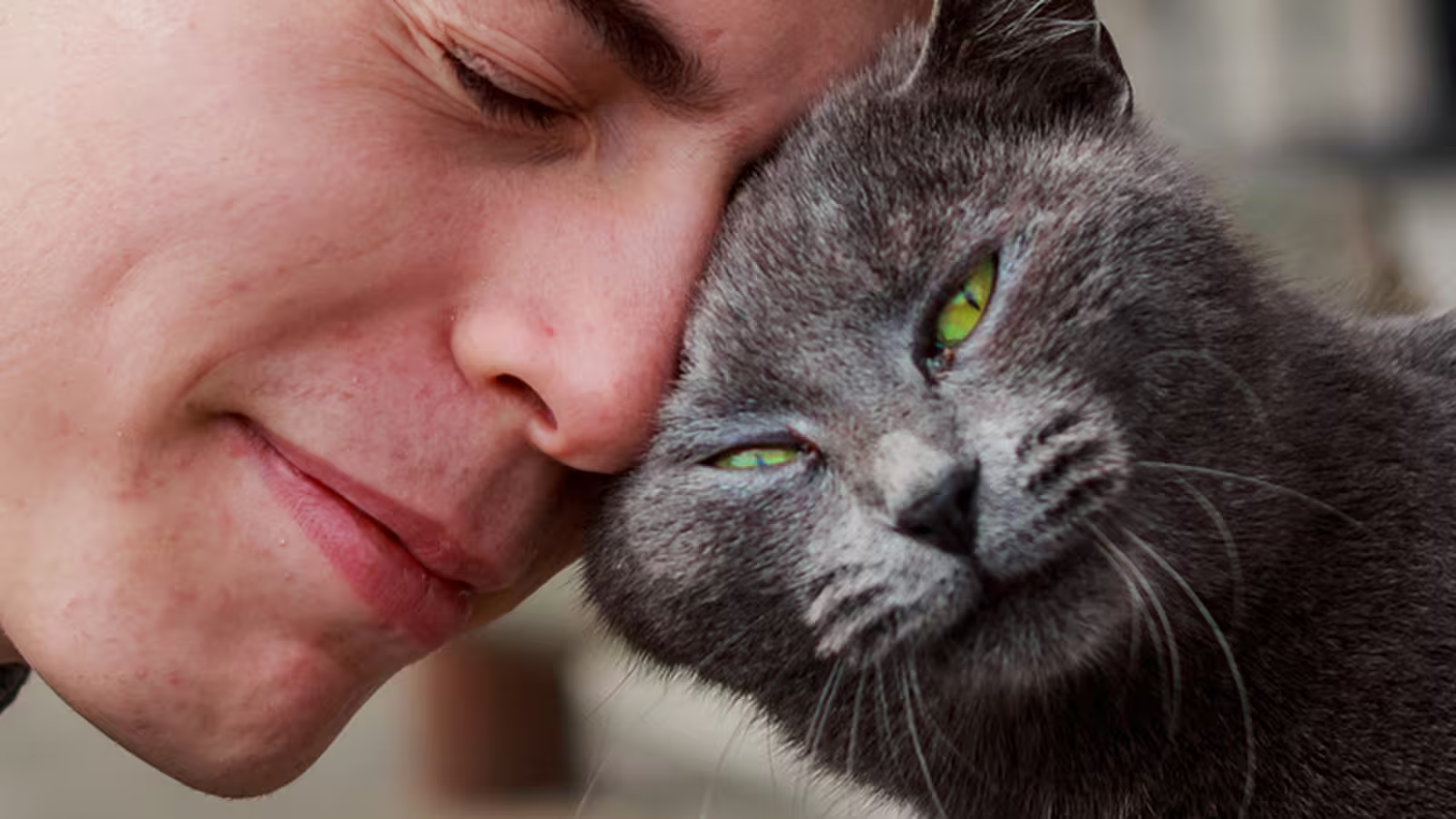4 Minutes
Understanding How Cats Identify Their Humans
Do cats really know their owners as well as dogs do? While feline companions often have a reputation for being independent and mysterious, recent scientific research is uncovering just how deep the human-cat bond can go—particularly in the realm of sensory recognition. A groundbreaking study published in PLOS One by researchers at Tokyo University of Agriculture now suggests that cats primarily rely on scent, rather than sight, to distinguish their guardians from strangers.
The Science Behind Cat Recognition
Beyond Visual Identification
Early studies have demonstrated that only around 54% of domestic cats can consistently recognize individual humans by facial features alone. Unlike dogs, who have been bred for millennia to read human gestures and faces, cats evolved as largely solitary and self-reliant hunters. This evolutionary path may explain why visual cues are less critical in feline social recognition processes. Yet, cats do appear to form close social bonds with humans, learning their names and even developing unique communication signals with their owners.
A Closer Look: How Scent Plays a Role
Led by Yutaro Miyairi and colleagues, the Tokyo team set out to explore whether scent cues could provide a more salient means by which cats recognize their people. In this carefully controlled experiment, 30 cats were exposed to three types of scent samples—taken from under the arm, behind the ear, and between the toes—collected either from their primary guardian or from an unfamiliar individual. As a neutral control, an empty plastic tube was presented alongside the scent samples.

Key Findings: Sniffing Out the Familiar
The results were illuminating for cat behavior science. The researchers observed that most cats spent significantly less time sniffing the scent of their own guardian compared to unknown individuals or the empty control tube. This shorter investigation implies a rapid recognition—cats could swiftly identify their owner's scent and thus did not need to explore it further, while an unknown person’s odor prompted more thorough evaluation. This behavioral pattern mirrors findings in studies of feline social groups, where cats spend more time investigating odors from unfamiliar cats or kittens than from members of their immediate circle.
Implications for the Cat-Human Bond
The research indicates that humans are truly integrated into the social worlds of their cats, not merely as providers, but as recognized members through scent. This finding suggests that cats use olfactory information much as they do with fellow felines in their group, reinforcing bonds and ensuring group cohesion within the home environment.
The Neurology of Scent Recognition in Cats
Delving deeper, this study also uncovered intriguing insights into the neurological processing of scent. The participating cats were observed to preferentially use their left nostril (associated with the left brain hemisphere) to sniff familiar scents like their guardian’s, while new odors were more frequently explored with the right nostril. This lateralization echoes patterns identified in dog cognition and suggests that cats use distinct brain pathways for processing novelty versus routine stimuli—a sign of advanced sensory discrimination and cognitive adaptation.

The Essential Role of Scent in Feline Communication
Cats rely on olfaction (sense of smell) far more than humans do. Scent marking and exchange—through activities like cheek rubbing, mutual grooming, or sharing bedding—allow cats to build social networks, signal territory, and identify threats or newcomers. Established, familiar scents can offer a profound sense of comfort, reducing stress and anxiety. For cat owners, this means that after time away from home, wearing regular clothing or using habitual personal care products can help reestablish your scent profile and ease the transition for both you and your pet.
Scent investigation is not a sign of preference, but rather a reflection of curiosity and information gathering. If your cat spends more time sniffing a guest than yourself, it simply means your scent is well established, fostering a secure and familiar environment.
Conclusion
This new scientific evidence provides a compelling look into the minds—and noses—of domestic cats, illustrating the primary importance of scent in how felines recognize and bond with their owners. As our understanding of animal cognition grows, these findings reinforce that cats, far from being indifferent, rely on complex sensory and neurological mechanisms to integrate humans into their social worlds. For cat lovers worldwide, nurturing this bond may be as simple as letting your scent become a reassuring presence in your feline’s daily life.


Comments